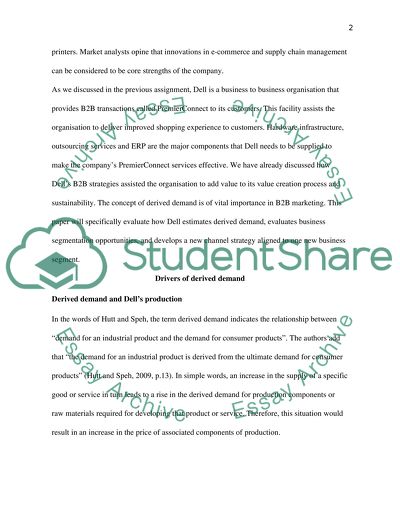Cite this document
(“Dell, Inc. B2B Marketing - Derived Demand Essay”, n.d.)
Retrieved from https://studentshare.org/marketing/1398170-dell-inc-b2b-marketing-derived-demand
Retrieved from https://studentshare.org/marketing/1398170-dell-inc-b2b-marketing-derived-demand
(Dell, Inc. B2B Marketing - Derived Demand Essay)
https://studentshare.org/marketing/1398170-dell-inc-b2b-marketing-derived-demand.
https://studentshare.org/marketing/1398170-dell-inc-b2b-marketing-derived-demand.
“Dell, Inc. B2B Marketing - Derived Demand Essay”, n.d. https://studentshare.org/marketing/1398170-dell-inc-b2b-marketing-derived-demand.


